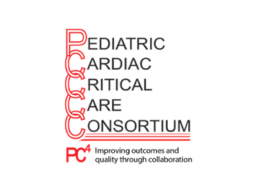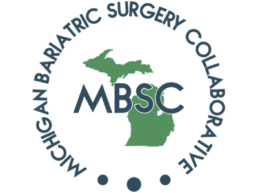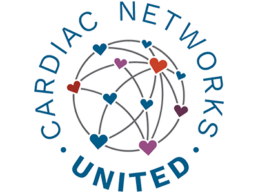
Results
Explore how our partners harness the power of data.
Pediatric Cardiac Critical Care Consortium
PC⁴ aims to improve the quality of care to patients with critical pediatric and congenital cardiovascular disease in North America and abroad.
Michigan Bariatric Surgery Collaborative
MBSC is a quality collaborative that improves the science and practice of metabolic and bariatric surgery through patient-centered obesity care.
Cardiac Networks United
Children’s hospitals unite through a network of registries to accelerate research and quality improvement for patients with congenital heart disease.


